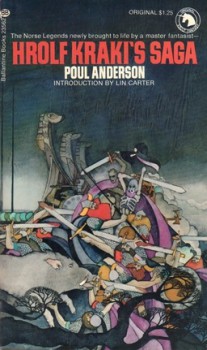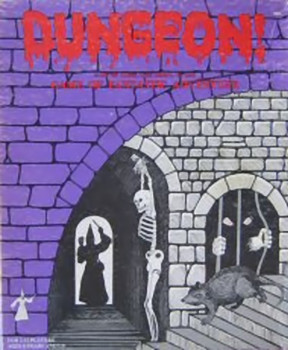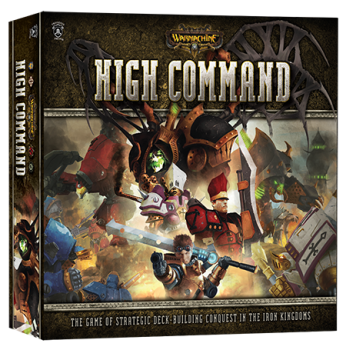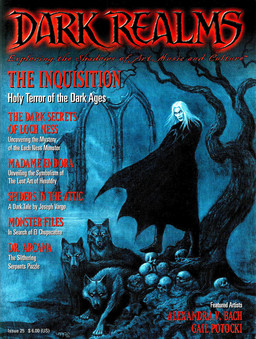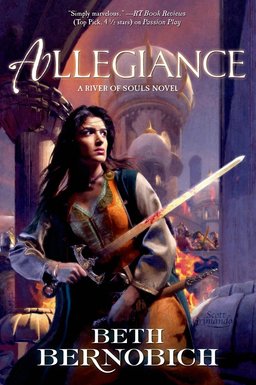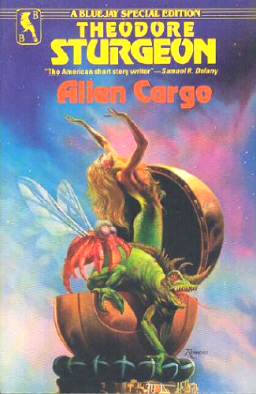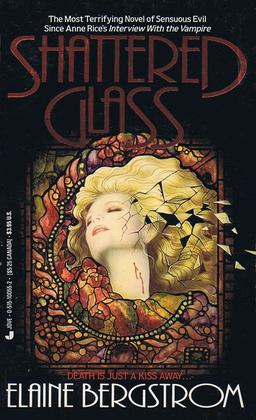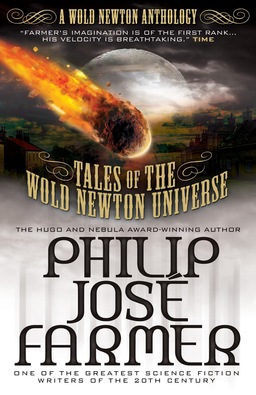The Whole Northern Thing: Hrolf Kraki’s Saga by Poul Anderson
Doom: Old English dom “law, judgment, condemnation,” from Proto-Germanic *domaz (cf. Old Saxon and Old Frisian dom, Old Norse domr
For a crime committed by King Frodhi the Peace-Good against the giantesses Fenja and Menja, a great doom is laid on the royal family of Denmark, the Skjöldungs.
How that doom works its murderous effects on the Skjöldungs is the core of Hrolf Kraki’s Saga (1973), Poul Anderson’s gripping retelling of the sagas (read the original here) of the ancient Danish king, Hrolf. The book brings together the extant stories of the Skjöldungs (which, almost as an aside, include the tale of Beowulf) and welds them into a coherent novel of great potency.
According to legend, Hrolf was the greatest king of Denmark and the most outstanding member of the semi-divine Skjöldung family. With his canny intelligence, he thwarted most of his kingdom’s enemies and built up its wealth. His great nobility drew the North’s mightiest warriors to his court.
Whether real or mythical, Hrolf and his reign are remembered in Denmark as fondly as Arthur’s in Britain. And like Arthur, all Hrolf’s great works were destroyed and chaos ruled in his wake.
From a people whose myths foretold the annihilation of the gods themselves in the end times of Ragnarok, the bleakness that runs through so many of their stories isn’t surprising. Perhaps it’s traceable to the violence of the Great Migratory period when the Germanic people spread out from their ancient homelands in Scandinavia and northern Germany and came into conflict with the Roman Empire and Celtic tribes in Gaul and Britain. Maybe it was just the cold and diminished winter sunlight in Norway and Sweden that bred their melancholy. Whatever the causes, doom in its modern sense runs through almost every chapter of Hrolf Kraki’s Saga.
